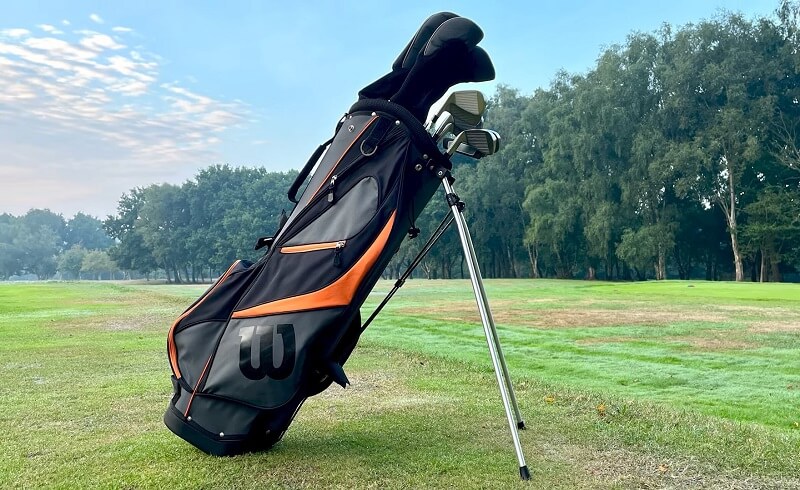Are you a beginner golfer looking to invest in quality golf clubs or just want to learn about them? Before you purchase any new equipment, it’s important to have an understanding of the different types of golf clubs and how each one serves a unique purpose. This blog post will provide an overview of all the essential golf clubs needed for a basic set of clubs.
What Types of Golf Clubs are There?
Woods
Woods golf clubs are an essential part of any golfer’s bag. These clubs, including the driver and fairway woods, are often called “woods”. Although the name suggests that the clubheads are made of wood, they are now commonly constructed from graphite, titanium, or stainless steel materials. With their large, hollow heads and lengthy shafts, woods are designed for maximum distance and speed.
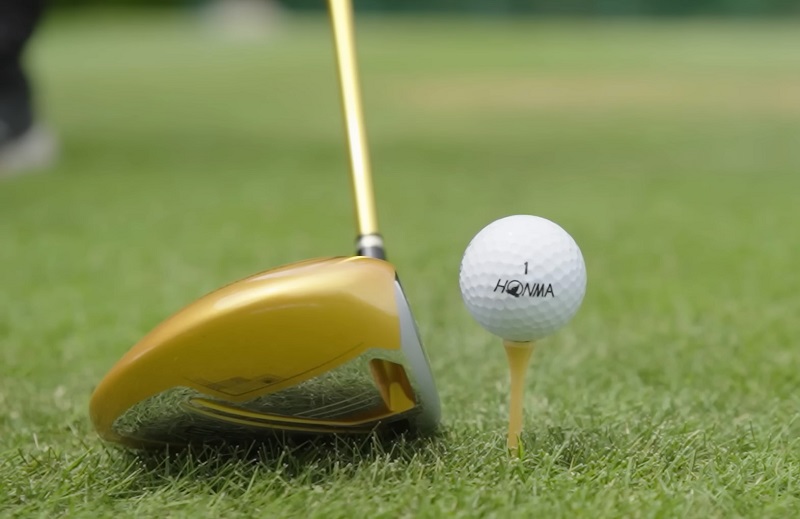
They are particularly useful for long shots like those played from the teeing ground. While the strategy for using woods can vary depending on the golfer’s skill level and individual preferences, these clubs are universally recognized as key tools for any player looking to improve their game.
Irons
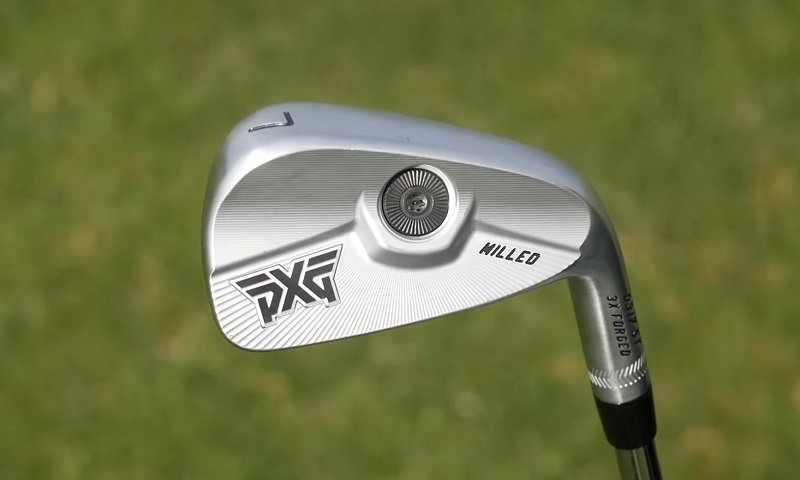
Irons are the commonly used clubs in golf and usually feature shorter shafts and smaller club heads than woods. They are made of either steel or graphite, with the former being a heavier option but providing greater control over shots. Irons range from 2- to 9-irons.
The various numbered irons are used to hit shots of different distances, with higher-numbered clubs generating shorter distances than lower-numbered ones. Irons also offer players more accuracy as they can be manipulated to aim at specific targets more easily than woods can. They are commonly used during mid and short-range shots on the fairway.
Wedges
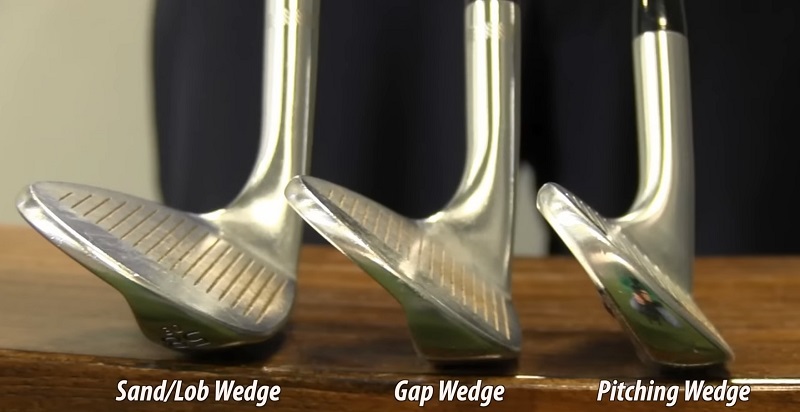
Wedges are a special type of golf club designed to help players execute specific shots. They can be divided into four main categories: pitching wedges, sand wedges, gap wedges and lob wedges. Pitching wedges are the most basic and have the shortest shafts, with lofts typically between 45 and 48 degrees.
Sand wedges are specially designed to help players hit shots out of sand bunkers. They typically have higher lofts, wider soles and thicker club heads than pitching wedges. Gap wedges are a hybrid of pitching and sand wedges and usually feature lofts somewhere in the middle (between 50 and 56 degrees). Finally, lob wedges are designed for making high-arcing shots with maximum spin. Their lofts range from 58 to 64 degrees.
Wedges can be used to hit shots from a variety of distances, but they are particularly useful for executing short-game shots such as chips and pitches. They can also be used to hit shots that require a high degree of spin, such as recovery shots from the rough or out of bunkers.
Putters
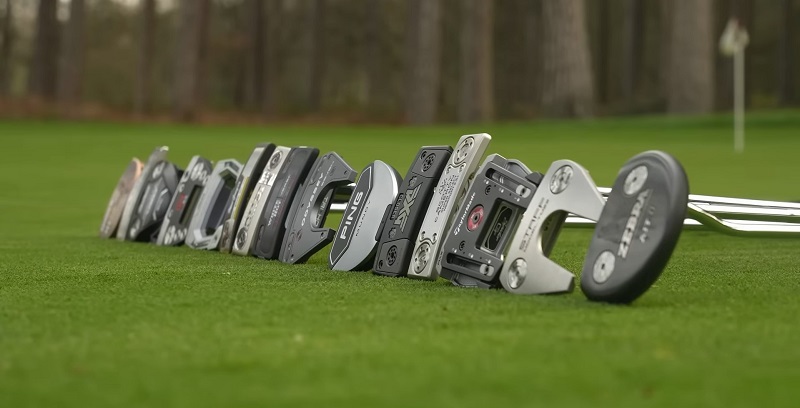
Putters are the most specialized type of golf club and are designed for use on the putting green. They usually feature shorter shafts than other clubs, as well as a flat face which helps to ensure more consistent contact with the ball. Putters come in many different styles, from traditional blade putters to modern oversized mallets.
The most basic type of putter is the blade putter, which features a shallow face and rounded heel that allow for easy alignment. Mallet putters are larger than blades and feature various types of alignment aids to help players line up their shots more easily. Other specialized putters include belly putters, long putters and center-shafted putters.
Putters are used exclusively for putting, which is the act of rolling a golf ball along the ground toward the hole. They can be used to hit putts from both short and long distances with great accuracy.
Hybrids
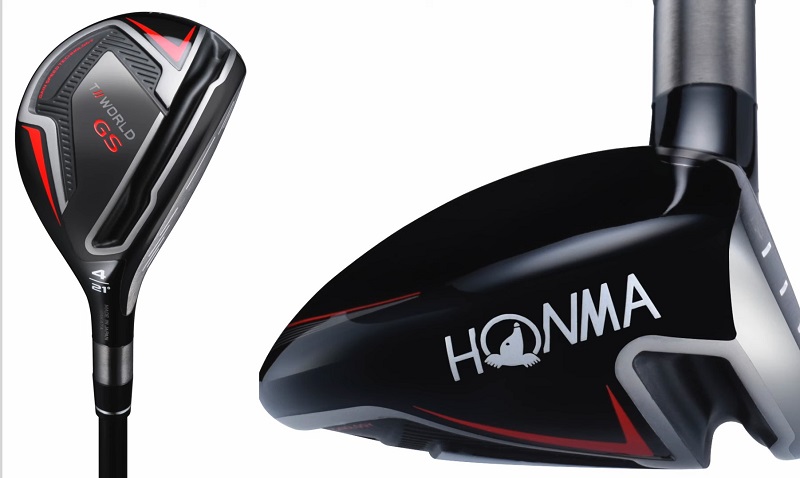
Hybrids are a type of golf club that combines the features of woods and irons to help players hit shots with maximum accuracy. They typically feature longer shafts than irons, as well as wider soles for increased forgiveness on off-center hits. Hybrids come in different lofts, from 2-hybrid through 4-hybrid, 5-hybrid, etc.
Hybrids are designed to be used from a variety of distances, from tee shots to mid-range approach shots and even some short-game shots. They offer players more versatility than either woods or irons, as their unique design allows for greater control on long distance and higher lofted shots. Hybrids can also be easier to hit for beginners than irons, as their sole design can help reduce side spin and increase distance.
To help you easily distinguish between different types of golf clubs, we have compiled the characteristics of each type in the comparison table below
| Club Type | Club Face Loft | Club Length | Club Number | Intended Use |
| Fairway Woods | 15 – 25 degrees | 43 inches | 3,5,7 woods | useful for long shots |
| Driver | 9 – 12.5 degrees | 45 inches | non-numbered | used for long shots |
| Wedges | Pitching: 42-47 degrees
Gap or Approach: 48-53 degrees Sand: 54-59 degrees Lob: 59-64 degrees |
35 inches | non-numbered | special shots |
| Putters | 3 – 5 degrees | 30 – 32 inches | non-numbered | putting green |
| Iron | 15 – 43 degrees | 35 inches | 2 -9 irons | mid-and short range shots |
| Hybrids | 18 – 26 degrees | 37 – 40 inches | 2 – 5 inches | design for greater control on long distance and higher lofted shots |
Why are There Different Types of Golf Clubs?
Golf clubs are designed to help players hit shots with a variety of distances, trajectories and spin levels. Different types of clubs offer different levels of control and performance, enabling players to tailor their shots according to the type of golf courses they are playing or the particular shot they want to execute.
Woods, irons, wedges, putters and hybrids each have their own unique characteristics, making them suitable for specific types of shots or courses. By having a variety of clubs available, players can choose the right tools to help them achieve maximum performance on the course. Ultimately, different types of clubs allow golfers to customize their game based on their individual needs and preferences.
Why Do You Need to Know Different Types of Golf Clubs?
Knowing the different types of golf clubs can help you determine which is best suited to your game. Different clubs provide various levels of accuracy, distance and spin, allowing players to tailor their shots according to the type of course they are playing or the particular shot they want to execute.
To get the most out of each club and maximize performance on the course, it is important to understand the advantages and features of each type. By becoming familiar with different clubs, you can make informed decisions when selecting clubs for your bag.
Additionally, understanding the different types of golf clubs can help you recognize which type of club may be beneficial depending on the situation or terrain. Knowledge of golf clubs enables players to make the most of their equipment and put their best foot forward.
Conclusion
Golf clubs come in a variety of styles and types to help players hit shots with maximum accuracy. Woods allow for long-distance tee shots, while irons provide greater control on approach shots. Wedges are designed to execute short-game shots such as chips and pitches, while putters and hybrids offer more versatility.
By having a combination of these different types of golf clubs available, players can tailor their game to the course and their individual needs. This helps them to develop a more effective overall strategy on the course.
Frequently Asked Questions
What is a Rescue Club?
A rescue club, also known as a hybrid club, is a type of iron that combines characteristics of both fairway woods and long irons. These clubs are used to get a golfer out of difficult situations such as being stuck in the rough, bunkers, and water hazards. They are often easier to hit because of their higher loft and more forgiving head design, making them a valuable addition to any golfer’s bag.
Which Iron is Easiest to Hit?
Most golfers find the mid-irons to be the easiest to hit. Mid-irons are five, six, and seven irons that have a more forgiving loft angle than shorter and longer irons. They provide a good balance between distance, accuracy and control, making them the go-to club for many golfers. If you’re just starting out, mid-irons are the best place to start and will give you the most consistent results as you develop your skills. In addition, hybrids, which combine characteristics of both irons and woods, can provide an easier hitting experience if used correctly. Many golfers find them much easier to hit than long irons, as they are more forgiving and provide a higher launch angle. Hybrids can be an excellent choice for mid-handicappers or beginners looking to add distance to their game.
What is The Easiest Driver to Hit?
The easiest driver to hit is usually a larger-headed driver with a higher loft angle. Drivers with larger heads are typically more forgiving because the face is bigger and has a greater area to contact the ball. They also tend to launch the ball higher, which increases your chances of hitting it straighter. Additionally, drivers with a higher loft angle will give you a better chance of getting the ball airborne and can help you achieve more distance.
What Club Do You Use to Hit The Ball the Farthest?
The club that you use to hit the ball the farthest is typically a driver. Drivers are designed for maximum distance, with large heads and low loft angles that help propel the golf ball further down the fairway. They also usually have more flexible shafts which can generate more clubhead speed and greater distance.

